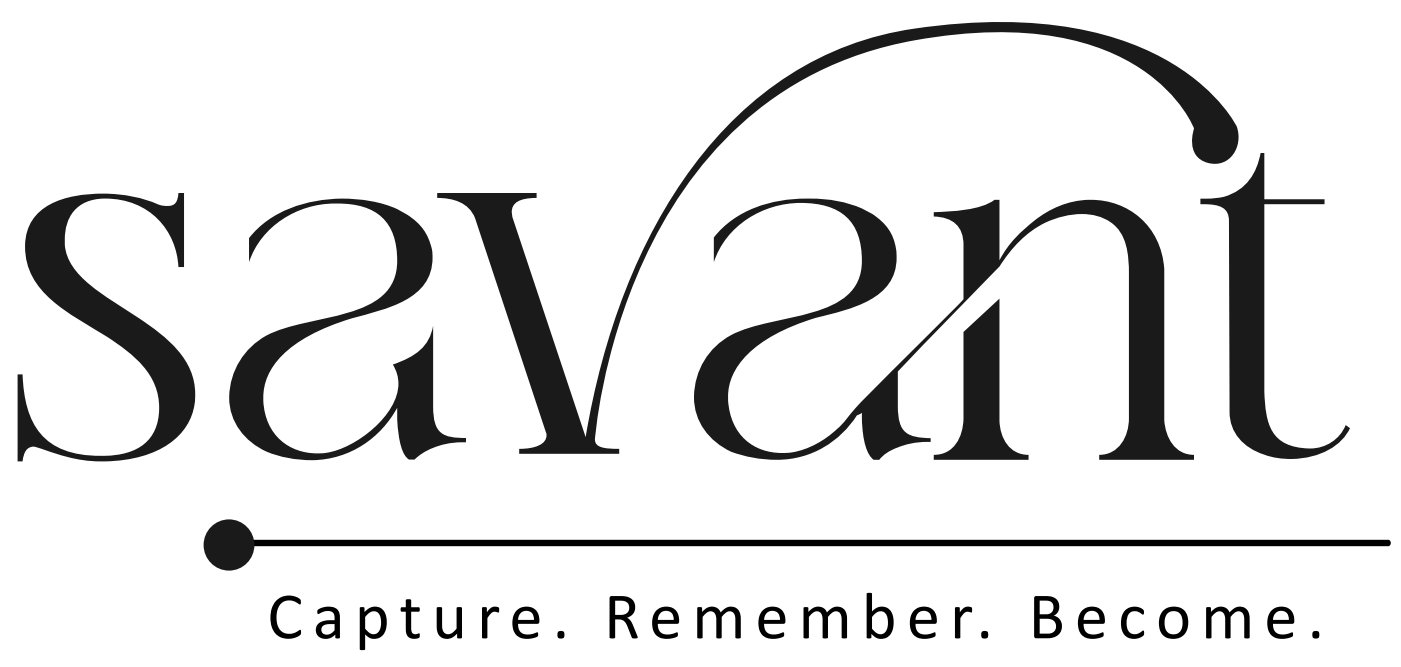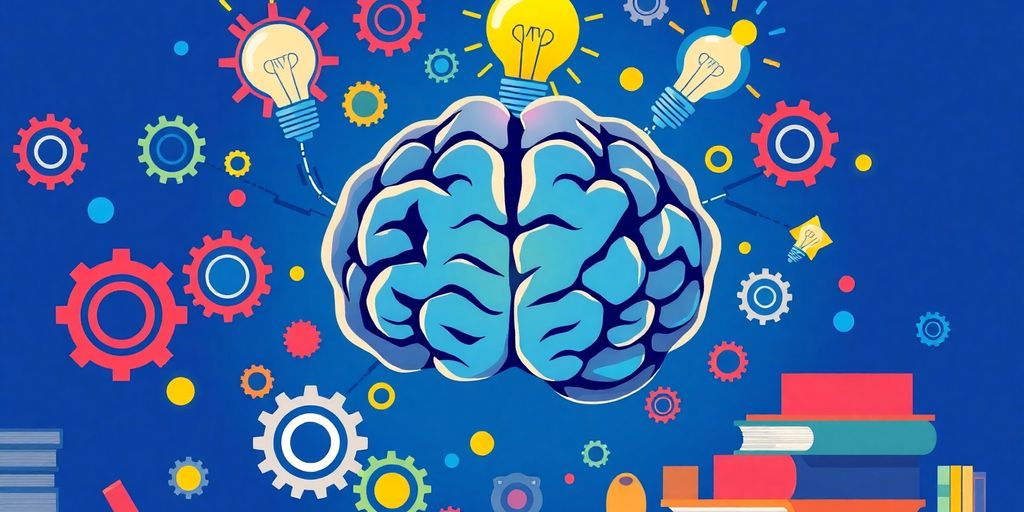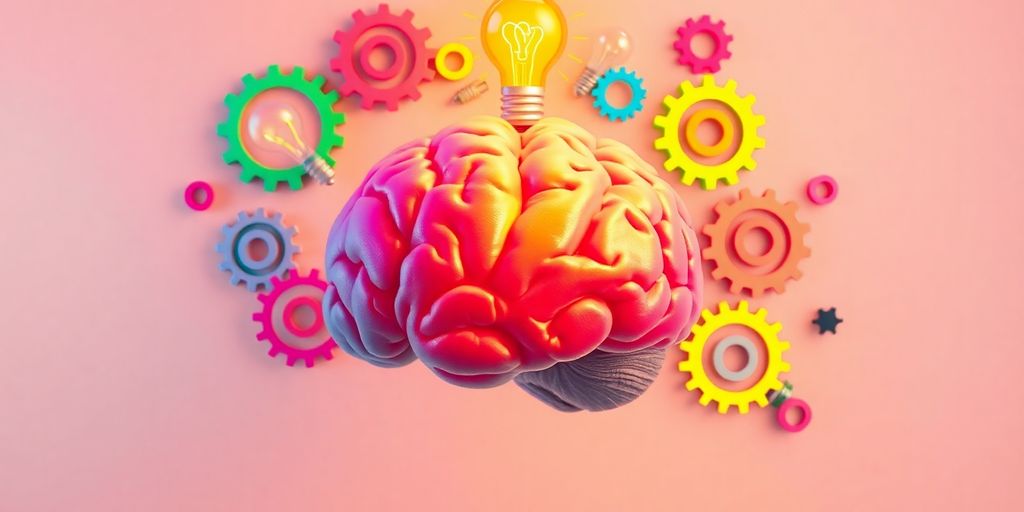Ever been in a meeting or class and thought, “I need a better way to take notes?” You’re not alone. Finding the right words to describe a note-taker can be as challenging as the task itself. From scribes to amanuenses, the world is full of creative alternatives. Let’s explore some of these terms and discover how they fit into the art of note-taking. Whether you’re old-school with a pen or tech-savvy with AI, there’s a style out there that matches your needs.
Key Takeaways
- Note-taking is more than just jotting down words; it’s about capturing ideas.
- ‘Scribe’ and ‘amanuensis’ are classic terms for note-takers, each with unique histories.
- Modern tools like AI-powered apps are transforming how we take notes.
- Different methods, like the Cornell Method or mind mapping, cater to various learning styles.
- Finding the right note-taking technique can boost your productivity and efficiency.
Discovering Synonyms for Note Taker
Why Words Matter in Note Taking
Words can shape how we see things. When you think of a note taker, what pops into your head? Maybe it’s someone scribbling away in a meeting or class. But there’s more to it than just jotting stuff down. Choosing the right word can change the way we approach note taking. It can make us see it as a more professional or creative task.
Exploring the Term ‘Scribe’
The word "scribe" might sound old-school, but it’s still relevant today. Originally, scribes were the folks who wrote down important stuff in ancient times. Nowadays, the term is used in various settings, like in meetings where someone is tasked with capturing every detail. Scribes are not just about writing; they ensure that nothing gets missed. They’re like the guardians of information.
The Role of an Amanuensis
An amanuensis might not be a word you hear every day, but it’s a cool one to know. This term refers to someone who writes down what another person dictates. Think of it like a personal assistant for words. It’s a role that requires trust and understanding, as the amanuensis must capture the essence of what the speaker wants to convey. In some ways, they become the voice of the person they’re writing for, making sure the message is clear and accurate.
Note taking is more than just a task; it’s an art. Whether you call someone a scribe, an amanuensis, or a note taker, each term brings a unique perspective to the table. Embrace the word that best captures the essence of your note-taking style.
The Art of Note Taking: More Than Just Words
Understanding the Role of a Rapporteur
A rapporteur isn’t just a fancy title. It’s about capturing the essence of discussions and ensuring that no important detail slips through the cracks. Whether you’re in a business meeting or a community gathering, a rapporteur’s job is to listen actively and record everything from key points to subtle nuances. This role requires not only quick writing skills but also the ability to discern what matters most in a conversation. A good rapporteur can turn a chaotic discussion into a clear, concise summary that everyone can understand.
How a Transcriptionist Fits In
Transcriptionists play a crucial part in note-taking by providing verbatim records of spoken words. They’re the unsung heroes behind accurate documentation, whether it’s for legal proceedings, interviews, or lectures. Their work ensures that every word is captured, allowing others to revisit conversations exactly as they happened. While technology aids transcriptionists with tools that can speed up the process, the human touch is often needed to ensure accuracy and context.
The Evolution of Note Taking Terms
Over the years, note-taking has evolved from simple scribbles on paper to sophisticated digital formats. Terms like scribe, amanuensis, and even digital scribe have entered our vocabulary, each reflecting a different aspect of the note-taking process. This evolution shows how our methods have adapted to new technologies and changing needs. It’s fascinating to see how these terms encapsulate not just the act of writing, but the broader context of capturing and organizing information. As we move forward, who knows what new terms will emerge to describe the art of note-taking?
Modern Alternatives to Traditional Note Taking
AI-Powered Note Taking Tools
In today’s fast-paced world, traditional note-taking methods are getting a high-tech makeover with AI-powered tools. These tools are not just about capturing information but doing so in a way that enhances productivity and understanding. Imagine having a digital assistant that can transcribe, summarize, and even highlight key points for you. That’s what AI brings to the table. It’s like having a personal scribe that never gets tired and always keeps up with the conversation. With AI, you can focus more on what’s being said rather than how to capture it all.
The Rise of Digital Scribes
The term "scribe" might sound ancient, but digital scribes are very much a part of the modern note-taking landscape. These are software solutions designed to mimic the traditional role of a scribe, but with a tech twist. They can be integrated into your workflow, capturing notes in real-time and organizing them in a way that’s easy to review. It’s like having a smart notebook that knows exactly what you need. Digital scribes are perfect for those who want to keep their notes organized without the hassle of manual sorting.
How Technology is Changing Note Taking
Technology has revolutionized note-taking, turning it from a passive activity into an interactive experience. With tools that offer features like voice recognition, cloud storage, and collaborative editing, note-taking has never been more dynamic. You can now explore a variety of note-taking methods, ranging from traditional pen-and-paper techniques to advanced digital tools that simplify the process. The future of note-taking is not just about writing down information; it’s about capturing, analyzing, and sharing it in ways that maximize efficiency and learning.
Creative Note Taking Techniques for Every Occasion
The Cornell Method Explained
Alright, let’s dive into the Cornell Method. This one’s a classic. It’s like the Swiss Army knife of note-taking. You start by splitting your page into three sections: a narrow left column, a wide right column, and a summary section at the bottom. In the right column, jot down your main notes during a lecture or meeting. Use the left column for cues or questions that pop up. And at the bottom? That’s where you wrap it all up with a brief summary. This method is gold for organizing thoughts and making review time a breeze.
Mind Mapping for Visual Learners
If you’re a visual thinker, mind mapping might be your jam. Picture this: a big, blank page where you can doodle your ideas like branches on a tree. Start with a central idea and branch out with related topics. It’s super flexible and lets you see connections between concepts at a glance. Mind maps are perfect for brainstorming or when you need to visualize complex information in a way that makes sense to you.
Combining Methods for Better Results
Why stick to one method when you can mix things up? Combining note-taking techniques can give you the best of both worlds. For instance, you might kick off with the Cornell Method for structure, then switch to mind mapping for brainstorming sessions. Or maybe you pair an outline with some doodles to spice things up. The key here is to experiment and find what combo clicks for you. Remember, note-taking is personal, so tailor it to fit your style and the occasion.
"Note-taking isn’t just about scribbling down words. It’s your tool to capture thoughts, ideas, and the essence of what’s being discussed. Keep it flexible, keep it fun, and most importantly, make it yours."
Choosing the Right Note Taking Style for You
Adapting to Different Learning Styles
Finding the best note-taking style is like picking the right pair of shoes—it has to fit just right. Everyone learns differently, so why should we all take notes the same way? If you’re a visual learner, you might find that mind mapping helps you see connections between ideas. Auditory learners might prefer recording lectures and summarizing them later. And if you’re someone who learns by doing, interactive methods like creating flashcards could be your thing.
The Importance of Experimentation
Trying out different note-taking techniques is a bit like experimenting in the kitchen. You might not get it right the first time, but that’s part of the fun. Start with one method and see how it feels. If it doesn’t click, try another. The key is to keep tweaking until you find something that works for you. Don’t be afraid to mix and match techniques—sometimes the best results come from combining different styles.
Finding Your Perfect Note Taking Match
Your perfect note-taking style should make your life easier, not harder. Think about what you need from your notes. Are you preparing for an exam, or are you jotting down ideas for a project? The answer might change what method you use. Some people find that the Cornell Method is great for organizing thoughts, while others prefer the simplicity of bullet points. The goal is to find a style that helps you stay organized and keeps information clear and accessible.
Remember, the best note-taking style is one that you can stick with. It’s all about finding a method that feels natural and helps you remember the important stuff.
Enhancing Productivity with Note Taking
How Note Taking Boosts Efficiency
Taking notes isn’t just about jotting down words. It’s about capturing ideas and making them work for you. When you take notes, you’re not just scribbling; you’re engaging with the material. This active engagement helps you stay focused, filter out distractions, and remember what’s important. Good notes make you more efficient. They save you from the chaos of flipping through pages or scrolling through endless digital files. Instead, you have a clear map of your thoughts and ideas, ready to guide you.
Collaborative Note Taking in Teams
In a team setting, note taking becomes a shared experience. When everyone contributes to a common set of notes, it brings different perspectives together. This collaborative approach not only enriches the content but also ensures that everyone is on the same page. Here’s how you can make it work:
- Assign a note-taker for each meeting.
- Use a shared digital platform for real-time updates.
- Review and refine notes as a team post-meeting.
Integrating Note Taking with Workflow
Integrating note taking into your workflow can transform how you manage tasks. With tools like Otter.ai, you can seamlessly sync your notes with your calendar, to-do lists, and other productivity apps. This integration means your notes aren’t just static records; they’re dynamic parts of your workflow. You can set reminders, create tasks, and even share insights with colleagues, all from your notes. This way, note taking becomes a powerful tool that drives your projects forward.
Note taking isn’t just about writing things down. It’s about making your thoughts actionable and using them to propel you forward. By integrating effective note-taking strategies into your daily routine, you can enhance your productivity and achieve your goals with greater ease.
The Future of Note Taking: What’s Next?

Innovations in Note Taking Technology
The landscape of note taking is rapidly changing, thanks to new technologies that are reshaping how we capture and organize information. One exciting development is the integration of various media formats like audio and video into note-taking platforms. This means you can now include a quick voice memo or a short video clip alongside your written notes, making it easier to capture the full context of a lecture or meeting. Platforms like Mem are already exploring these capabilities, allowing users to compile their thoughts into well-organized, long-term notes automatically.
The Impact of AI on Note Taking
Artificial Intelligence is playing a big role in the evolution of note taking. AI tools are not just about transcribing spoken words into text anymore. They can now analyze the content, summarize the key points, and even suggest related information you might find useful. It’s like having a personal assistant that helps you focus on the discussion while ensuring that no important detail slips through the cracks. This is particularly useful in professional settings, where AI-driven platforms like MeetGeek can record, transcribe, and summarize meetings efficiently.
Future Trends to Watch
Looking ahead, several trends are set to redefine note taking:
- Collaborative Note Taking: As more people work in teams, tools that allow for real-time collaboration on notes are becoming essential. Imagine a digital whiteboard where everyone can contribute their ideas simultaneously.
- Enhanced Searchability: With AI, your notes can become more searchable than ever. By analyzing keywords and patterns, AI can help you find that one elusive note from months ago in seconds.
- Customization and Personalization: Future note-taking tools will likely offer more ways to customize your notes, from tagging important moments to creating templates that fit your specific needs.
The future of note taking is bright, with technology paving the way for more efficient, personalized, and collaborative ways to capture and use information. Embrace these changes, and you’ll find yourself ahead of the curve in both personal and professional settings.
Wrapping It Up
So, there you have it! Finding the right word for a note-taker isn’t just about picking a fancy term. It’s about finding what fits your style and needs. Whether you go with something classic like "scribe" or try out "amanuensis," the key is to make it work for you. And hey, don’t be afraid to mix it up. Maybe today you’re a "transcriptionist," and tomorrow you’re a "rapporteur." The world of note-taking is vast and full of possibilities. So grab your pen, or your laptop, and start capturing those thoughts. Who knows? You might just invent the next big thing in note-taking. Happy jotting!
Frequently Asked Questions
What is a scribe in note-taking?
A scribe is someone who writes down what is being said during meetings or lectures. They help keep a record of important points discussed.
How does an AI-powered note-taking tool work?
AI-powered note-taking tools listen to conversations and turn them into text. They can summarize key points and organize notes for easy review.
What is the Cornell Method of note-taking?
The Cornell Method divides a page into sections for notes, keywords, and summaries. It helps organize information clearly.
Why is it important to choose the right note-taking style?
Picking the right style helps you learn better and keep your notes organized. It depends on how you learn best and what you need the notes for.
Can technology replace traditional note-taking?
Technology can help by making note-taking faster and more accurate, but some people still prefer writing by hand for better memory retention.
What does a transcriptionist do?
A transcriptionist listens to spoken words and types them out, creating written records of conversations or speeches.






